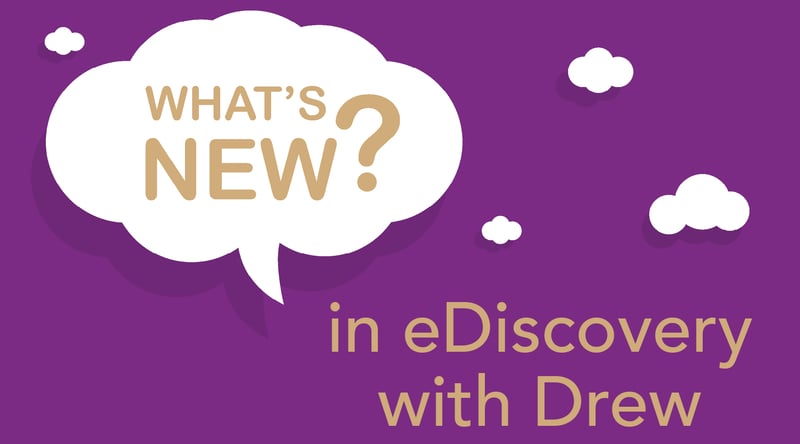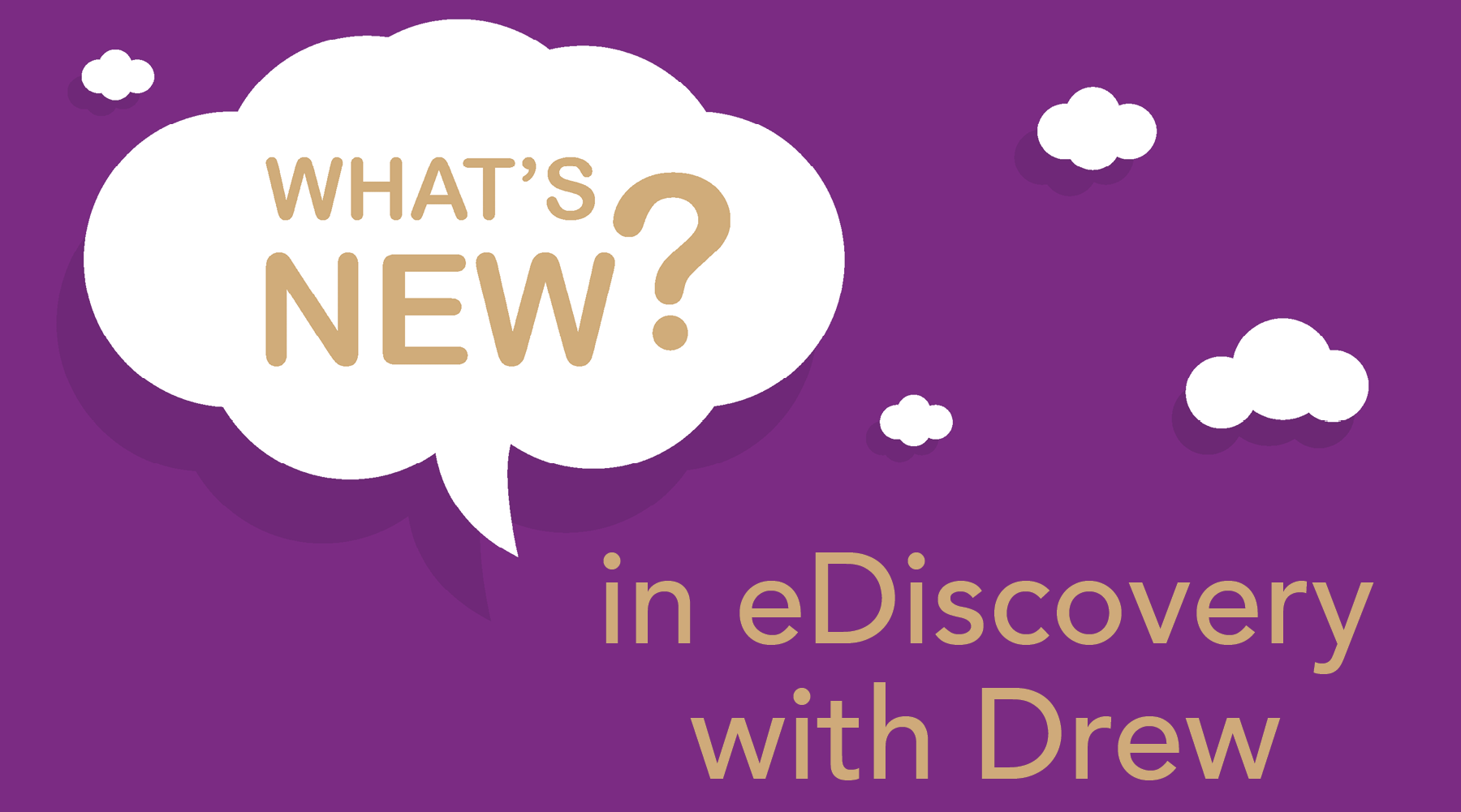
Analytics, artificial intelligence (AI), and technology adoption overall is huge right now in the legal tech space. Everyone has a new AI platform or workflow they want to discuss or highlight – and with good reason.
It’s been over a decade since Judge Peck’s decision to allow the use of predictive coding in Monique Da Silva Moore, et al. v. Publicis Groupe & MSL Group. When this technology was first introduced, it was thought that it would only be used for larger, document-intensive cases with multimillion dollar verdicts at stake. That’s because its usage was cost prohibitive, and it was necessary to have tech experts at your disposal to help use these tools. But now it’s time to demystify the use of this technology in the legal field and work toward its widespread adoption.
Let’s look at the benefits of analytics, and why it is important to adopt and embrace AI technology. The first things that comes to mind when discussing litigation and eDiscovery are, of course, time and budget.
Anyone who has worked in a law firm knows how closely billable hours are monitored and how valuable any timesaving efforts are to law firms and their clients. Analytics has emerged as a crucial tool to help streamline the eDiscovery process, and as a result, reduces the time necessary for an effective document review, while simultaneously addressing budget concerns by ensuring the review team spends less time on documents that are not relevant to their matter.
In a previous blog, I mentioned a case we recently worked on where we saved the review team almost 4,000 hours of review time by leveraging analytics. The dollar amount associated with this savings was estimated to be roughly $2,000,000.00. While not all cases will see this much of a savings, I wanted to spend some time this month taking a deeper dive into analytics and better explain how this workflow can be used in almost all cases, regardless of size.
Reducing the number of documents to review, not only makes attorneys more efficient for their clients, but it allows them to free up time for more cases, and more billable hours. Additionally, smaller firms and smaller review teams can take advantage of these resources and have a competitive advantage when litigating against larger firms.
Here are some of the ways that analytics and AI can be used to help reduce document populations:
1. Email threading identifies email relationships – such as the people involved in a conversation, duplicate emails, and/or attachments – and groups them chronologically, so they can be viewed as one complete conversation.
2. Near duplicate identification locates textually similar documents, based on a set of parameters, and groups them together. That way, they can be reviewed based on similarity or used to generate new document sets for further analysis.
3. Clustering gathers documents that contain similar concepts and labels each cluster with keywords, so reviewers can work with groups of related documents rather than an unwieldy set of individual documents.
4. Concept searching allows reviewers to search by conceptual topics, not just keywords. This is useful when keyword searching may not yield the desired search hits.
5. Predictive coding uses machine learning to rate the relevance of documents based on coding decisions developed by humans. This ensures that only relevant documents are put in front of the review team.
Taking advantage of analytics is a great way to cut through large document populations and focus on the most relevant documents in your data set.
Stay tuned for more on "What’s New in eDiscovery" with topics ranging from workflows to how Chat GPT is being used in the legal field.

